 By Simon Buddle, Future Ready Homes.
By Simon Buddle, Future Ready Homes.
Here we go again: it’s another article that starts off with a TLA (Three-letter Acronym). What does this one mean? Is it Medical Defence Union, Mains Distribution Unit or Multi-Dwelling Unit?
Whilst at the ISE show last month, the light came on. No group addresses were involved, it was just a moment of clarity: the KNX-enabled protocol family of products is as vast and as multi-faceted in disciplines as it is in capabilities, and the multi-dwelling unit (MDU) is yet another area where KNX is a perfect fit.
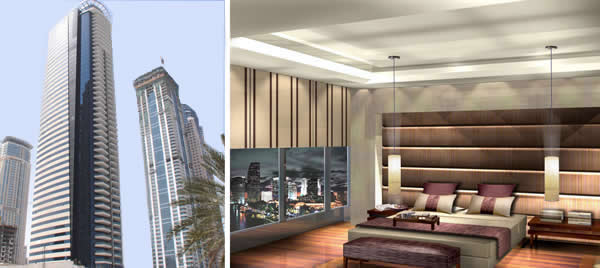
In my view, there are three main functions within an apartment that would benefit from a control system, namely door communications, lighting and heating. All three are easily handled using KNX as the protocol, and I am sure we have all done this many times for a single home. The system can be expanded easily to include blinds, smoke and heat detection and, importantly, for many high-end residences, a security system (that meets BS EN50131 in the UK). All of this we know. It is not the science of rockets. Rolling out a nearly identical system into one hundred apartments is similarly not too onerous. Do it once, iron out the bugs, prove it, improve it and repeat. From that point on, it is really about efficient time and man-management.
Fibre Infrastructure
KNX has been involved with TCP/IP for a while now. Programming or linking areas via an IP interface is not a difficult task. However, the broader communications for the apartment block may need a little more thought and expertise. For this, we need to know how to set up a landlord’s or block-wide data network. Also, by virtue of doing it, we need to understand the performance differences between copper and fibre.
Copper is good up to about 100m for a 1GB connection – bandwidth is not necessarily a huge concern, as we are only using a very small amount. In the case of fibre, there are different types and different grades; a multi-mode OM4 fibre will happily run 1GB Ethernet up to a kilometre. That instantly solves all of our possible distance issues that we may face in an MDU. This then opens up multiple possibilities to run landlord’s systems on the network; door communications to each apartment, CCTV, access control, and smart metering to name but a few. Acquiring the knowledge or staff to become expert in the design and installation of fibre data networks is a must; you cannot afford to get it wrong.
Networking
The next steps are to set up both the block-wide and in-apartment networks so that they are secure from each other but allow the relevant communications to pass between them. You will almost certainly need to have knowledge of VLANs (Virtual Local Area Network) and SIP (Session Initiation Protocol) communications, and have proved that it works as a system on the test bench long before you begin the real installation.
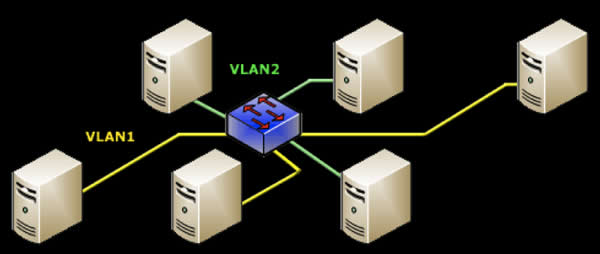
It is also worth noting that there are different flavours of SIP. My advice would be to aim to stick with one manufacturer end-to-end for the door communication, and get buy-in from its technical team so that it approves what you are designing. If you do use two manufacturers’ products, it is even more critical to get buy-in from both.
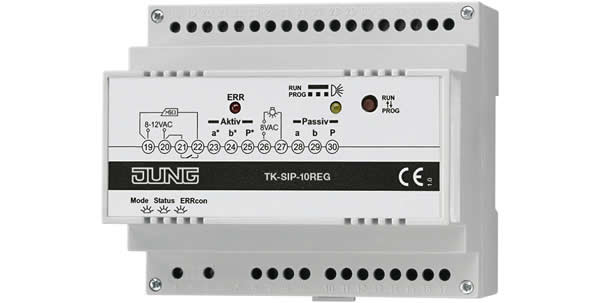
Cisco, Planet and Netgear are the obvious choices for large fibre switches and indeed smaller, in-apartment ones. GBICs (gigabit interface converters) have come down in price massively over the last few years making an MDU-wide fibre network a real possibility. Individual client network security is fundamental and can be achieved in a number of ways but given that you know the MAC address, IP address and protocol that is transmitting, you will be able to lock it down well, and of course don’t forget to lock down in both directions; into and out of the apartment.
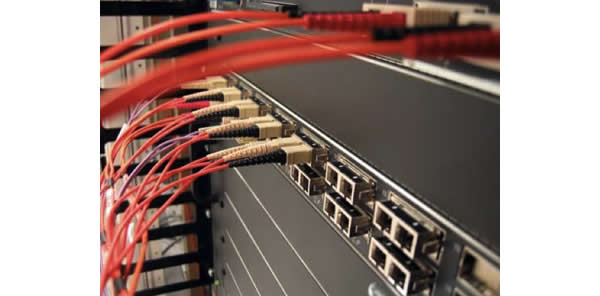
One of the real strengths of this way of thinking is the reduction in the number of system-to-system interfaces that are needed. Such products only represent cost and possible points of failure which cannot be good for the project.
The User Interface
There are many touchscreen displays that can be used as the interface for the intercom and other systems. The new Gira G1, the Gira Control 9, ABB Busch ComfortTouch or the Jung Smart Panel are all capable of running the entire apartment and the door intercom. If you are able to involve the manufacturer at the design stage, so much the better, as all parties will feel more confident if they have everyone’s support on the project.
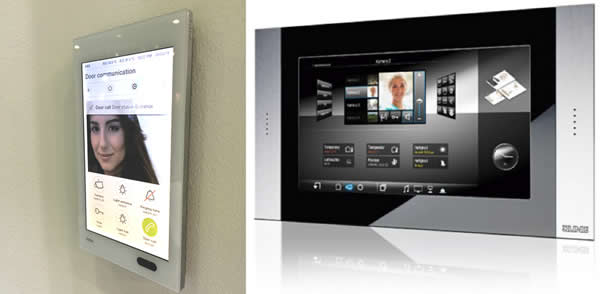
Conclusion
Landlord’s networks are becoming more commonplace in MDUs. We can make good use of them by running the door communications over them, and with a little more thought, we can run other services over them too. One of the biggest challenges however, is in educating the M&E consultants and design team specialists about the true capabilities and scalability of these systems. The answer is to demonstrate how leveraging more systems onto a single backbone will be more cost-effective and easier to maintain in the long-run – and that has to be good for everyone.
Simon Buddle is a consultant for Future Ready Homes, a specialist in BMS and ELV services system design. Simon is also a regular contributor to KNXtoday magazine.
You are welcome to comment on this article. See below.












